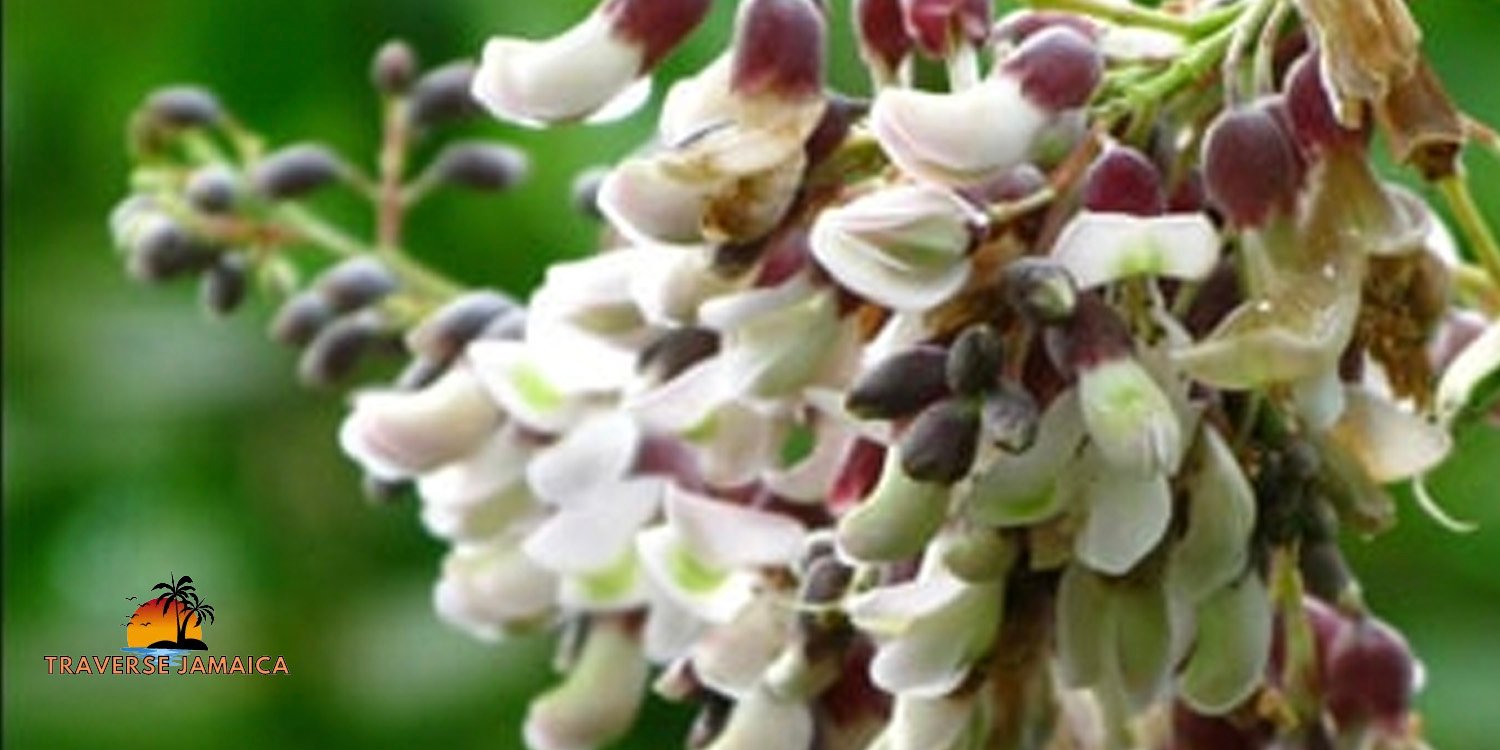Exploring the Unique Endemic Plant Species of Jamaica: A Botanical Paradise
Jamaica, a vibrant island nation in the Caribbean, is renowned not only for its rich cultural heritage and stunning beaches but also for its unique flora. The island’s geographic isolation and diverse range of ecosystems—from coastal plains to mountain peaks—have given rise to a remarkable array of endemic plant species. These plants, found nowhere else in the world, are a testament to Jamaica’s rich biodiversity and its critical role in global ecological health. This article delves into some of the most notable endemic plant species of Jamaica, their ecological significance, and the efforts being made to protect them.
Understanding Endemism and Jamaica’s Unique Ecology
Before exploring specific plant species, it’s essential to understand the concept of endemism. An endemic species is one that is native to a particular region or environment and is not naturally found anywhere else. Jamaica’s endemic plant species have evolved over millions of years, adapting to the island’s unique environmental conditions. This evolution has been influenced by Jamaica’s varied topography, which includes limestone forests, wet montane forests, dry coastal areas, and unique habitats such as the Blue and John Crow Mountains. These diverse habitats provide a wide range of micro-environments, fostering the growth of an extraordinary array of plant species.
Key Endemic Plant Species of Jamaica
Jamaica is home to over 800 endemic plant species, making it one of the most botanically diverse islands in the Caribbean. Here, we highlight some of the most remarkable and ecologically significant endemic plant species found on the island.
1. Jamaican Mahogany (Swietenia mahagoni)
The Jamaican Mahogany, also known as the West Indian Mahogany, is a large hardwood tree native to the island. It is one of the most valuable trees globally due to its high-quality timber, characterized by a deep reddish-brown color and excellent durability. Jamaican Mahogany thrives in the island’s dry limestone forests and lowland woodlands. Beyond its economic value, this tree plays a vital ecological role, providing habitat and food for various wildlife species. Unfortunately, extensive logging has significantly reduced its population, prompting conservation efforts to protect the remaining trees.
2. Blue Mahoe (Hibiscus elatus)
The Blue Mahoe, Jamaica’s national tree, is another significant endemic species. It is a fast-growing tree that can reach heights of up to 20 meters. The wood of the Blue Mahoe is highly prized for its strength, durability, and beautiful coloration, ranging from light blue to green hues, often with streaks of purple and rose. In addition to its economic importance, the Blue Mahoe is essential for soil stabilization and erosion control, particularly in hilly areas prone to landslides. The tree’s flowers are also a food source for various pollinators, contributing to the island’s ecological health.
3. Jamaican Rose (Pavonia spinifex)
The Jamaican Rose, a rare flowering shrub, is native to the dry limestone forests of Jamaica. It is a small, hardy plant with delicate pink flowers that bloom throughout the year. This shrub is particularly adapted to Jamaica’s arid environments, with thick, leathery leaves that minimize water loss. The Jamaican Rose is a crucial part of the island’s dry forest ecosystems, providing habitat and food for a variety of insect species, including butterflies and bees. The plant’s rarity and beauty make it a valuable asset for ecological conservation and tourism.
4. Wild Coffee (Psychotria nervosa)
Wild Coffee, also known as Jamaican Wild Coffee, is a small, evergreen shrub found in Jamaica’s montane forests. Despite its name, this plant is not related to the commercially cultivated coffee species but belongs to the Rubiaceae family. Wild Coffee produces small, red berries and glossy, dark green leaves. It thrives in shaded, moist conditions, making it an important understory plant in the island’s forests. This species is significant for its role in maintaining forest biodiversity, providing shelter and food for numerous bird and insect species.
5. Jamaican Orchid (Broughtonia sanguinea)
Jamaica is home to several endemic orchid species, with the Jamaican Orchid, also known as Broughtonia sanguinea, being one of the most striking. This epiphytic orchid is found primarily in the limestone forests and cliffs of the island’s interior. It features vibrant red or pink flowers that bloom in clusters, making it a popular choice among orchid enthusiasts. Orchids, including the Jamaican Orchid, are vital indicators of environmental health, thriving only in well-balanced ecosystems with high humidity and stable temperatures. Their presence reflects the health of Jamaica’s unique forest ecosystems.
6. The Jamaica Dogwood (Piscidia piscipula)
The Jamaica Dogwood, a medium-sized deciduous tree, is native to the island’s coastal and lowland forests. It is well-known for its attractive white and pink flowers and compound leaves. Traditionally, the bark of the Jamaica Dogwood has been used in folk medicine for its sedative and analgesic properties. Ecologically, the tree provides shade and shelter for various wildlife species and contributes to the stabilization of coastal and riparian zones, helping to prevent soil erosion.
7. Yellow Poui (Tabebuia chrysantha)
The Yellow Poui, also known as Jamaica’s Gold Tree, is a small to medium-sized deciduous tree famous for its vibrant yellow flowers that bloom in abundance during the dry season. Native to the island’s limestone and rocky areas, the Yellow Poui is well-adapted to drought conditions. The tree is significant not only for its ornamental beauty but also for its ecological role in providing food and habitat for pollinators, including bees and hummingbirds, during the dry season when other food sources are scarce.
Ecological Significance of Jamaica’s Endemic Plants
Jamaica’s endemic plant species play crucial roles in maintaining the ecological balance of the island’s diverse habitats. These plants provide food and shelter for a wide range of wildlife, contribute to soil health and stability, and support water conservation efforts. Moreover, many of these plants have evolved unique adaptations to the island’s environmental conditions, such as drought resistance, salt tolerance, and pest resistance, making them invaluable for research and conservation efforts.
The loss of these species would not only mean a loss of biodiversity but also a disruption of the delicate ecological balance on which the island’s environment depends. The preservation of endemic plants is therefore critical to maintaining the health and resilience of Jamaica’s ecosystems.
Conservation Efforts and Challenges
Despite their ecological importance, many of Jamaica’s endemic plant species face significant threats from habitat destruction, climate change, invasive species, and over-exploitation. Deforestation, driven by agriculture, logging, and urban development, is the most significant threat, leading to habitat loss and fragmentation. Invasive species, such as wild hogs and non-native plants, compete with endemic species for resources and can alter habitats irreversibly.
Efforts to conserve Jamaica’s endemic flora include the establishment of protected areas, such as the Blue and John Crow Mountains National Park, which provides a sanctuary for many of the island’s unique species. Botanical gardens, such as the Hope Botanical Gardens in Kingston, also play a vital role in preserving and propagating endangered plants. Additionally, community-based conservation programs and environmental education initiatives are crucial in promoting awareness and sustainable practices that protect Jamaica’s natural heritage.
Conclusion
Jamaica’s endemic plant species are a vital part of the island’s natural heritage, offering a unique glimpse into the rich biodiversity that has evolved over millions of years. These plants are not only significant for their ecological roles but also for their cultural and economic importance. Protecting Jamaica’s endemic flora is essential for maintaining the island’s ecological balance, supporting its unique wildlife, and preserving its natural beauty for future generations. Through continued conservation efforts and sustainable practices, Jamaica can safeguard its botanical treasures and ensure a vibrant and healthy environment for all.









